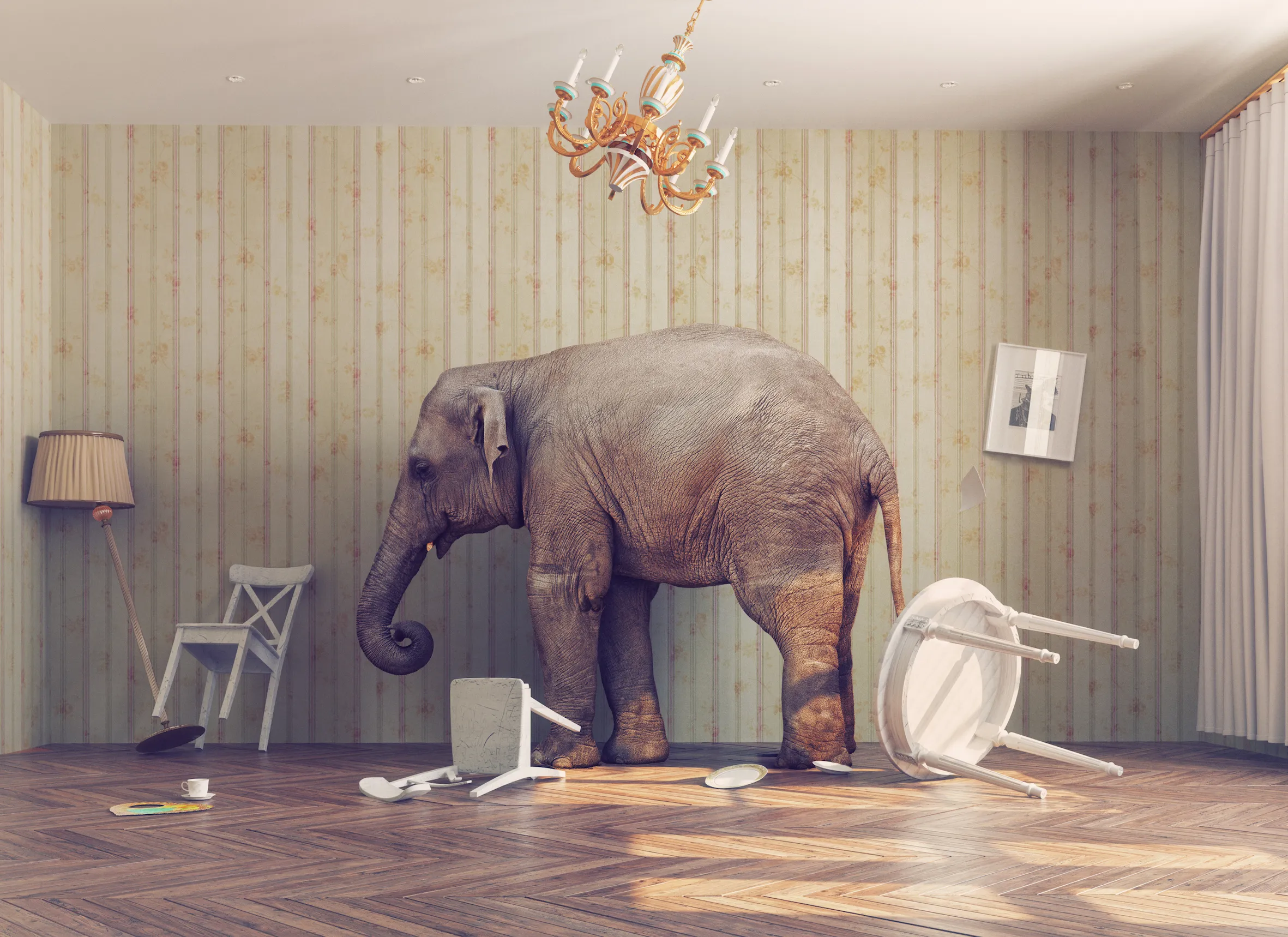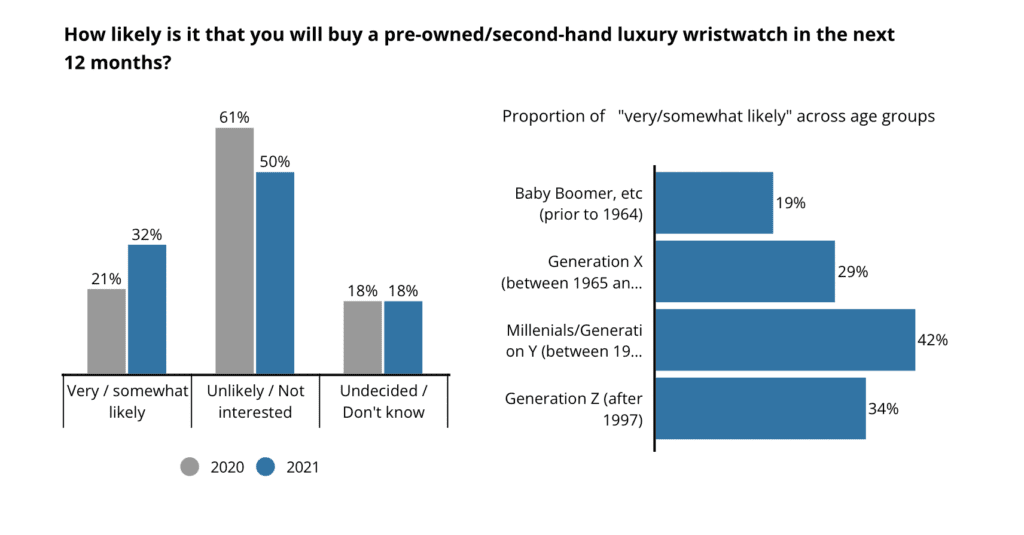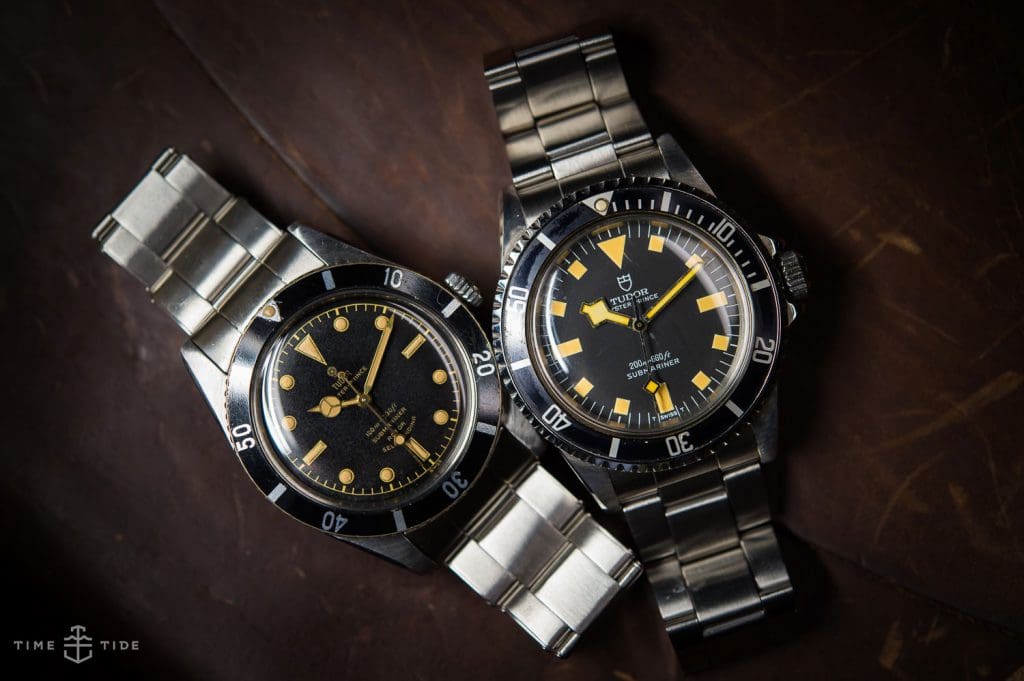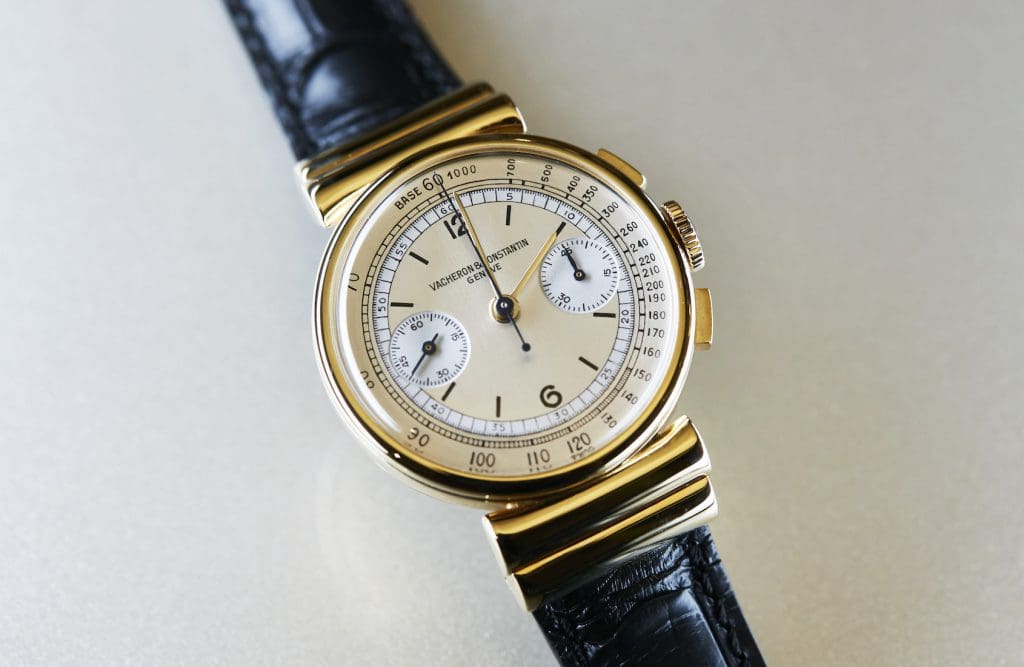OPINION: The second-hand watch boom and the elephant in the room
Luke BenedictusA watch is a curiously intimate possession. It’s worn on a person’s skin right next to their beating pulse as they engage in all the filth and fury of daily life. Thankfully, this close proximity (and occasional wrist cheese) turns out to be no barrier to the rocketing appeal of second-hand watches.
The Deloitte Swiss Watch Industry Study 2021 found that, right now, people are keener than ever on buying pre-owned watches. In an online survey of 5,558 consumers from all over the world, almost one in three (32%) said that they are “very likely” or “somewhat likely” to buy a second-hand watch in the next 12 months. That’s an increase of almost 50% from last year’s survey.
Delving a little deeper, Deloitte found that pre-owned watches appeal to consumers often because of the lower prices (44%), the opportunities to buy a specific discontinued model (31%), the investment potential (26%) and, last but not least, the sustainability reasons (25%).
This spiralling trend was also backed this year by a McKinsey’s report that predicted the pre-owned market will expand by up to 10 per cent per year between 2019 and 2025, reaching annual sales of $29 to $32 billion. How does this compare to the new watch market? When McKinsey’s zeroed in on the premium to ultra-luxury category, they estimate it will grow by just 1 to 3 per cent a year during the same period.
This is, of course, one almighty ball-ache for watch brands, whose primary income has traditionally been selling brand-new pieces. As a result, Deloitte found that almost two-thirds (65%) of executives surveyed plan to implement some type of strategy for the certified pre-owned market.
“The automobile industry has been using certified pre-owned for decades,” said Karine Szegedi, Head of Consumer and Fashion & Luxury at Deloitte Switzerland. “It is great to see that the watch industry is embracing this as well. It will give greater assurance to brands and consumers on the pre-owned market, in terms of quality, reliability and authenticity.”
It’s hardly news that watch brands have been infiltrating the second-hand market for a while now. Richemont, for example, acquired the Watchfinder platform in 2018 to try and develop its pre-owned business. Richard Mille got into bed with the retailer Ninety to open a mono-brand store in London devoted to selling their certified pre-owned timepieces. Meanwhile Vacheron Constantin has Les Collectionneurs, a concept that sees vintage Vacheron pieces — acquired through “auctions and personal connections” — reconditioned by their in-house watchmakers and sold with a guarantee and two-year warranty.
All of this makes good sense, too. But it’s also notable that “sustainability” is repeatedly cited as a key driver of the pre-owned boom. As Deloitte’s Szegedi points out: “With consumers more conscious about the environment, the pre-owned market plays a vital role in creating a more circular and sustainable approach for the luxury watch industry.”
It’s a persuasive argument. So persuasive, in fact, that it highlights the inconvenient truth behind many watch brands’ purported green credentials. Whether its watches made from recycled plastic or Carl F. Bucherer’s efforts to save manta rays in The Maldives, most brands are now ostensibly doing something to run their businesses in a more environmentally friendly way. For a luxury brand in 2021, conscious consumerism is a business imperative.
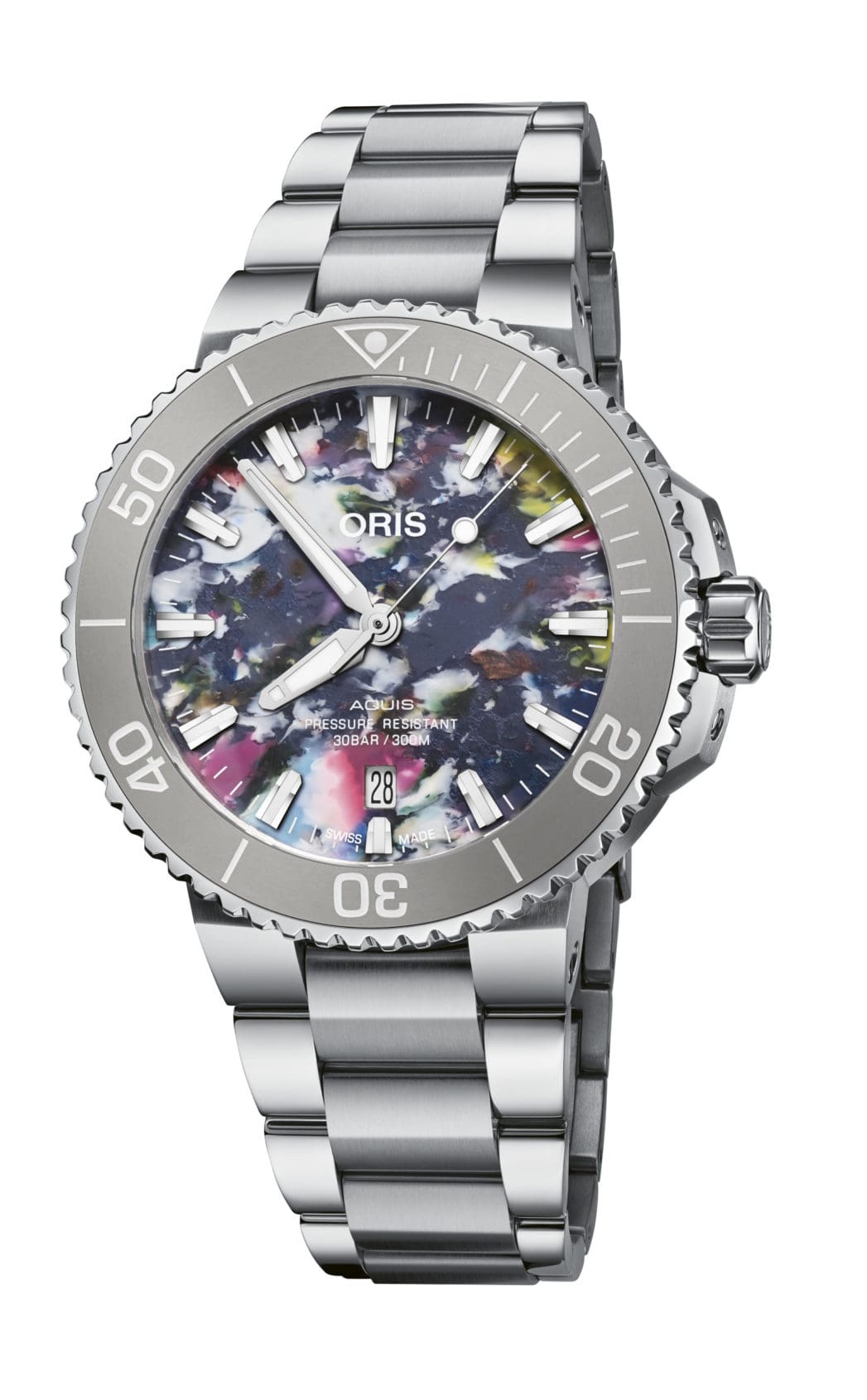
In a way it seems churlish to knock such good intentions, even if some do seem a bit tokenistic. Every little bit counts, I suppose. Except that such efforts gloss over the underlying problem, which is that buying lots of shiny new things that you don’t really need is a major contributor to the ecological mess we’re all in. As this University of Arizona study suggests, from a sustainability perspective, buying less is better than buying green.
You could argue that a good watch will always be a relatively conscientious purchase because it’s the antithesis of a throwaway product. Your iPhone, for example, is built with “planned obsolescence” in mind and designed with a shelf-life that deliberately ensures it will become out of date within a set period of time. A watch, on the other hand, can tick away for multiple generations with the right care and servicing. Unfortunately, in our digital world, a watch’s basic time-telling purpose is now largely redundant. Your timepiece may indeed be built to last, but it’s now a stylistic indulgence rather than a necessary acquisition.
Therein lies the paradox that the industry must find a way to wriggle out of (don’t put it past them either – they saw off the Quartz Crisis, after all). But in the light of this dilemma, one can appreciate the growing appeal of a pre-owned watch as a guilt-free way to scratch that horological itch. Unless you think we are, in fact, going to save the planet with ethically sourced watch-straps.




